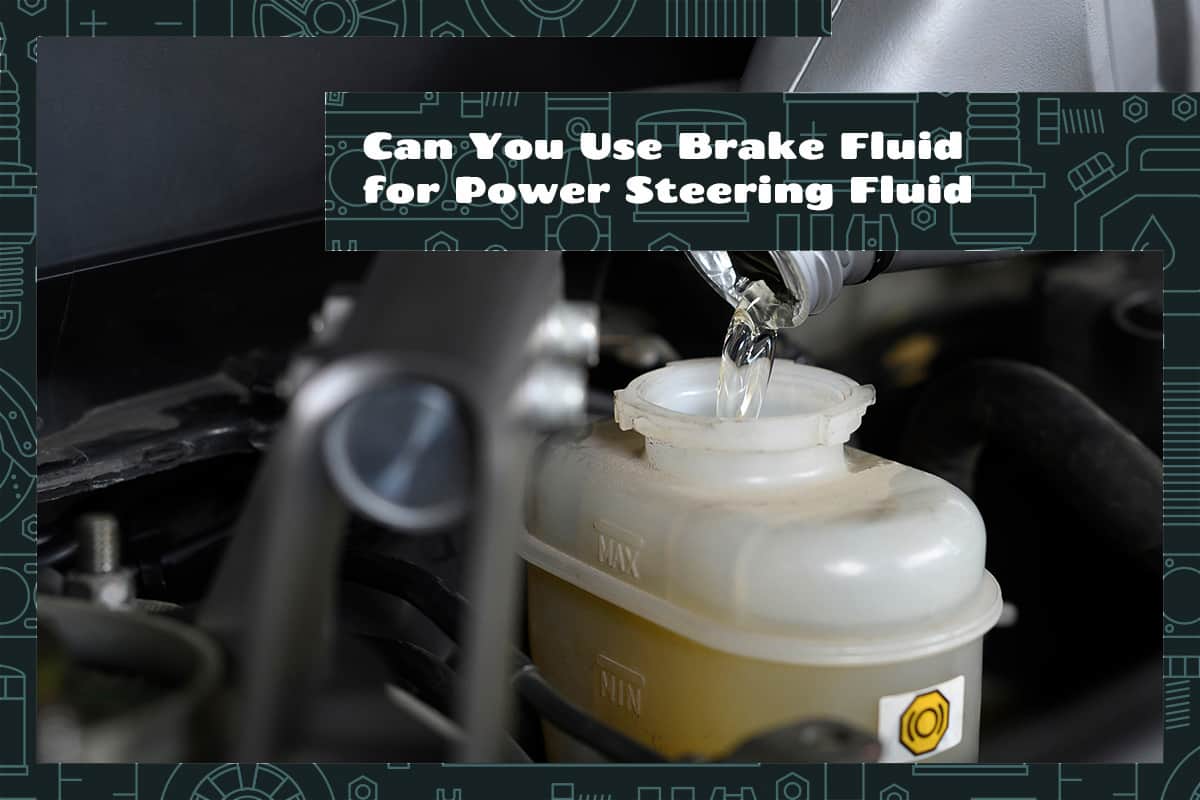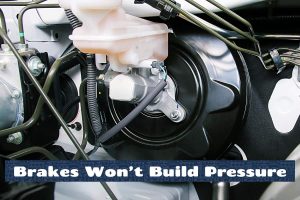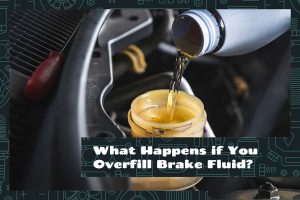In the world of cars, there are many different fluids that help keep our vehicles running smoothly. Two essential fluids for a car’s performance are brake fluid and power steering fluid. Brake fluid is crucial for stopping your car, while power steering fluid helps you steer with ease.
No, you should not use brake fluid for power steering fluid. They have different properties and functions. Mixing them can damage your car’s steering and braking systems, leading to costly repairs. Always use the correct fluid for each system to keep your vehicle running safely and smoothly.
This article will help you understand brake and power steering fluids. We will dive into the details of their differences, the risks of mixing them, and the consequences of using one instead of the other.
What Is Brake Fluid?
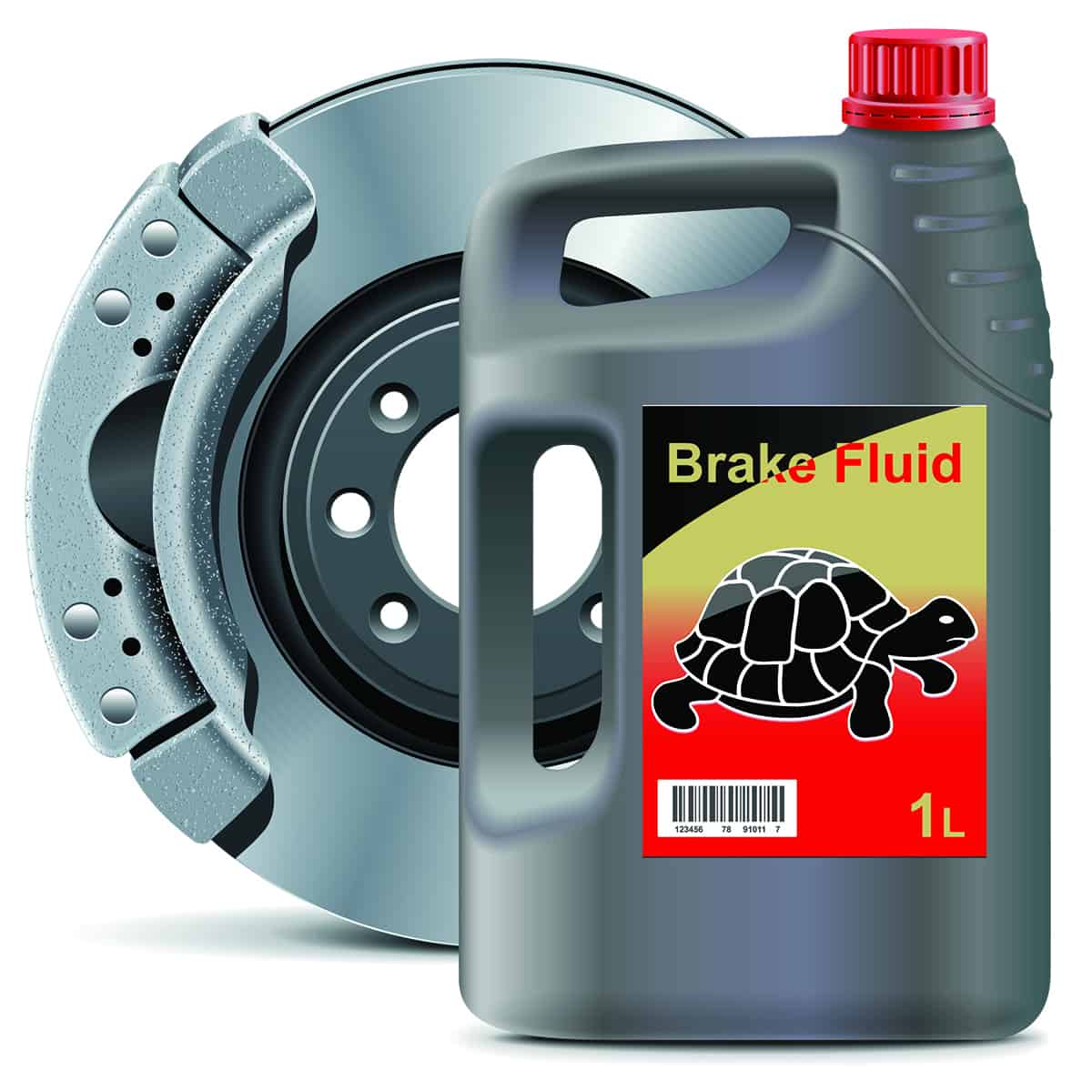
Brake fluid is a vital part of your car’s braking system. It transfers the force you apply to the brake pedal to the brake calipers, allowing your vehicle to slow down or stop.
Types of brake fluid—There are several types of brake fluid, including DOT 3, DOT 4, DOT 5, and DOT 5.1. Each type has a different boiling point, which affects its performance in various conditions.
Functions of brake fluid—Brake fluid helps create hydraulic pressure in the brake system. This pressure is needed to activate the brake calipers, which squeeze the brake pads against the brake rotors, slowing down your car.
Properties of brake fluid—Brake fluid is a hygroscopic fluid, meaning it absorbs moisture from the air. Over time, this can lower the boiling point of the fluid, affecting its performance. It’s essential to replace brake fluid regularly to maintain its effectiveness.
What Is Power Steering Fluid?

Power steering fluid helps your car’s steering system work smoothly and efficiently. It ensures that you can turn the steering wheel with ease, making driving safer and more comfortable.
Types of power steering fluid—There are various types of power steering fluid, such as ATF (automatic transmission fluid), CHF (central hydraulic fluid), and dedicated power steering fluids. The right fluid for your car depends on the vehicle’s make and model.
Functions of power steering fluid—Power steering fluid serves as a lubricant and hydraulic fluid in the power steering system. It helps transmit the force you apply to the steering wheel to the car’s wheels, making it easier to steer the vehicle.
Properties of power steering fluid—Power steering fluid is specially designed to handle high pressure and temperatures within the power steering system. It also contains additives to prevent wear, corrosion, and foaming, ensuring the system’s long-term performance.
Summary of the Differences Between Brake Fluid and Power Steering
Brake fluid and power steering fluid both play essential roles in your car, but they have distinct properties and functions. Here’s a quick summary of how they differ:
| Aspect | Brake Fluid | Power Steering Fluid |
| Main Function | Transfers force from brake pedal to brake calipers | Helps transmit force from steering wheel to car wheels |
| Types | DOT 3, DOT 4, DOT 5, DOT 5.1 | ATF, CHF, dedicated power steering fluids |
| Viscosity | Varies depending on type, generally more viscous | Less viscous, allowing for easier steering |
| Temperature Tolerance | High boiling point to handle heat generated during braking | Designed to handle high pressure and temperatures |
| Hygroscopic Nature | Absorbs moisture from the air | Not hygroscopic, less prone to moisture absorption |
| Additives | Contains additives to prevent corrosion and increase boiling point (PDF) | Contains additives to prevent wear, corrosion, and foaming |
| Color | Typically clear to amber | Often red or green, but can vary depending on type |
The Dangers of Mixing Fluids
Using the wrong fluid in your car’s systems can lead to serious problems and damage. It’s essential to understand the risks of mixing brake fluid and power steering fluid, and why you should always use the correct fluid for each system.
Contamination Risks
Mixing brake fluid and power steering fluid can cause contamination, which negatively affects the performance of both systems. When these fluids mix, their chemical properties can change, reducing their effectiveness. Contaminated fluid can lead to increased wear on components, decreased braking and steering capabilities, and potential system failure.
Potential Damage to Systems
Using the wrong fluid in your car’s braking or power steering system can cause damage to various components. For example, brake fluid in the power steering system can harm seals and hoses, leading to leaks and decreased steering performance.
Similarly, using power steering fluid in the brake system can cause damage to the brake calipers, brake master cylinder, and other components. These damages can result in expensive repairs and even put your safety at risk.
Long-term Effects
Continuously using the wrong fluid in your vehicle’s systems can cause long-term damage that may not be immediately noticeable. Over time, the incorrect fluid can lead to increased wear on internal components, corrosion, and reduced performance. These issues can ultimately result in system failure, requiring costly repairs or even complete system replacements.
Decreased Vehicle Performance
When you mix brake fluid and power steering fluid or use the wrong fluid in either system, your vehicle’s overall performance can suffer. You might notice decreased braking power or difficulty steering, making it harder and less safe to drive your car.
In some cases, using the wrong fluid can also cause warning lights to appear on your dashboard, indicating a problem with your vehicle’s systems.
Safety Concerns
One of the most significant dangers of mixing fluids or using the wrong fluid is the potential impact on your safety. Decreased braking and steering performance can make your vehicle harder to control, increasing the risk of accidents.
How to Flush and Replace Fluids
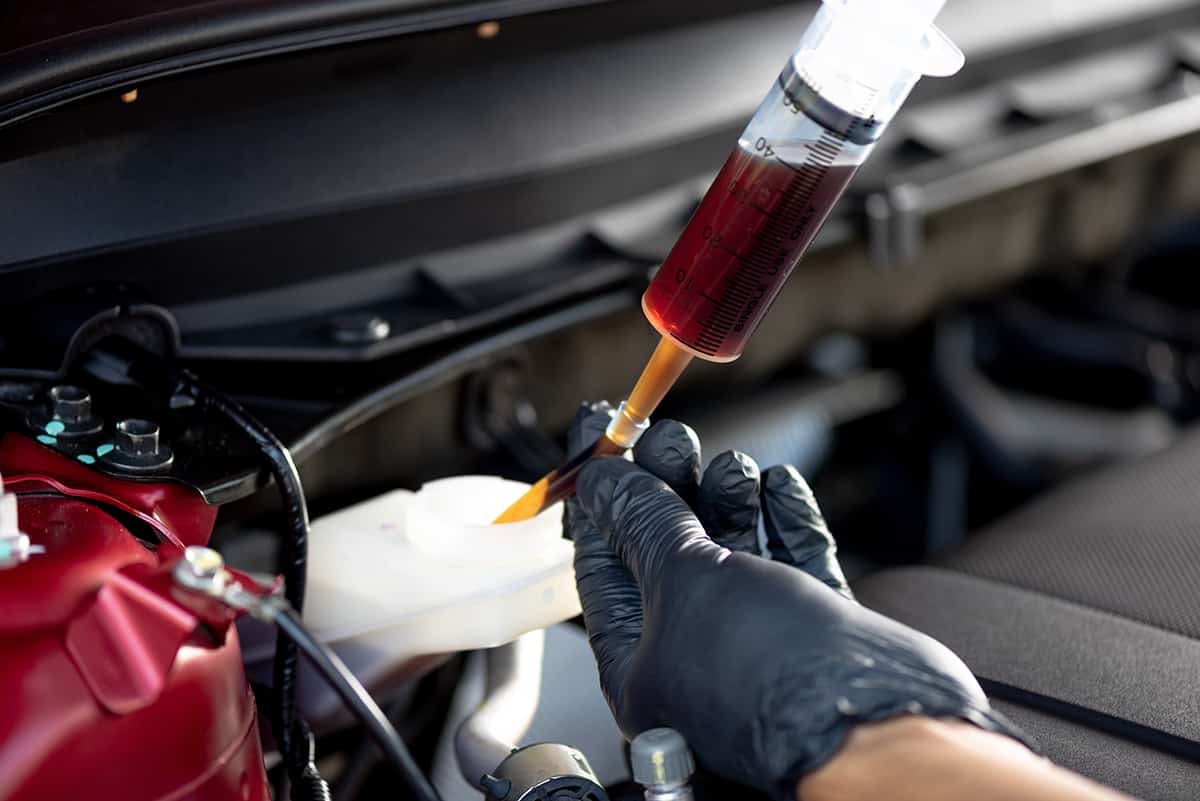
If you accidentally used brake fluid instead of power steering fluid or vice versa, you should flush your car’s system immediately.
Identifying the Need for a Flush
Over time, brake and power steering fluids can become contaminated or lose their effectiveness. It’s essential to monitor the condition of these fluids regularly and replace them when necessary. Some signs that it’s time for a flush include:
- Discolored or dirty fluid
- Decreased braking or steering performance
- Strange noises from the braking or steering system
- A spongy or unresponsive brake pedal
- A stiff or difficult-to-turn steering wheel
Flushing the Brake System
- Consult your vehicle’s owner’s manual for the recommended brake fluid type and gather the necessary tools.
- Park your car on a level surface and engage the parking brake.
- Locate the brake master cylinder reservoir and remove the cap.
- Use a turkey baster or a fluid pump to remove as much old fluid as possible from the reservoir.
- Fill the reservoir with fresh brake fluid.
- Have a helper pump the brake pedal while you open and close the bleeder valves on each wheel to remove any remaining old fluid.
- Repeat this process until you see clean fluid flowing from the bleeder valves.
- Top off the brake fluid reservoir and replace the cap.
- Test your brakes to ensure they’re working properly.
Flushing the Power Steering System
- Consult your vehicle’s owner’s manual for the recommended power steering fluid type and gather the necessary tools.
- Park your car on a level surface and turn off the engine.
- Locate the power steering fluid reservoir and remove the cap.
- Use a turkey baster or a fluid pump to remove as much old fluid as possible from the reservoir.
- Fill the reservoir with fresh power steering fluid.
- Start the engine and turn the steering wheel from side to side several times to circulate the new fluid.
- Turn off the engine and check the fluid level, adding more if necessary.
- Repeat this process until the fluid in the reservoir is clean and free of contaminants.
- Replace the cap on the power steering fluid reservoir.
